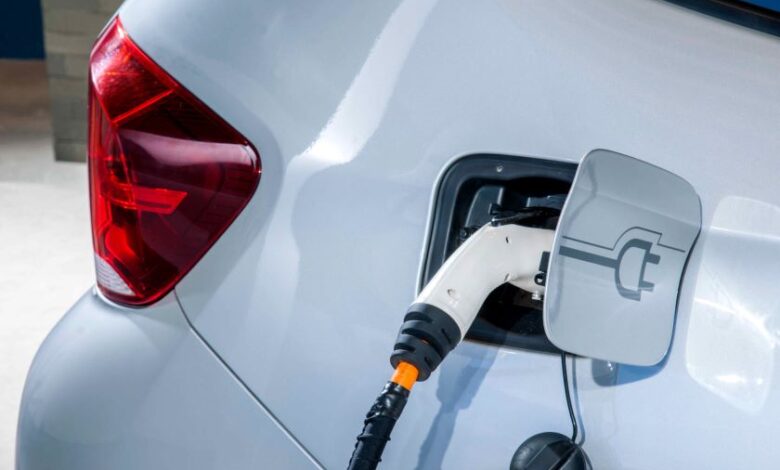Fewer consumers ready to buy all-electric vehicle, AAA survey finds

Despite tax incentives and a push by automakers to enhance the appeal of electric vehicles, consumer interest has dropped.
Only 18 percent of U.S. residents surveyed in April by AAA said they would be “likely” or “very likely” to buy a new or used fully electric vehicle. That’s down from 23 percent a year ago.
And 63 percent of respondents said it is “unlikely” or “very unlikely” that their next vehicle purchase will be all-electric.
Hybrids, however, do have more appeal, with 31 percent of respondents saying they are “likely” or “very likely” to buy a hybrid vehicle.
“Early adopters who wanted an EV already have one,” Greg Brannon, director of automotive research at AAA, said in a news release. “The remaining group of people who have yet to adopt EVs consider the practicality, cost, convenience and ownership experience, and for some, those are big enough hurdles to keep them from making the jump to fully electric.”
Dissuading car-buyers from choosing all-electric:
Higher cost than gas-powered vehicles (cited by 60 percent of respondents, up 1 percent); high cost to repair/replace battery (57 percent, up 2 percent); lack of convenient charging (54 percent, down 2 percent); unsuitable for long-distance travel (54 percent, up 4 percent); and range anxiety (53 percent).
The survey found consumers are more amenable to hybrids because there’s less impact on long-distance travel, less reliance on finding available charging stations and fewer fears about running out of a charge.
“Deciding to make the leap to full electric may feel overwhelming for many consumers, and a hybrid option may be the way to bridge this gap,” Brannon said. “Consumer demand will ultimately dictate the future, and my prediction is that we will have a mix of EVs, hybrids and internal combustion vehicles in dealership and on the roads in the U.S. for many decades ahead.”
AAA said it conducted the survey between April 4-8 of 1,152 adults 18 and over using a probability-based panel, which provides sample coverage of approximately 97 percent of U.S. household population. The organization reported a margin of error of +/- 4 percent.
[email protected]/(585) 653-4020
d



